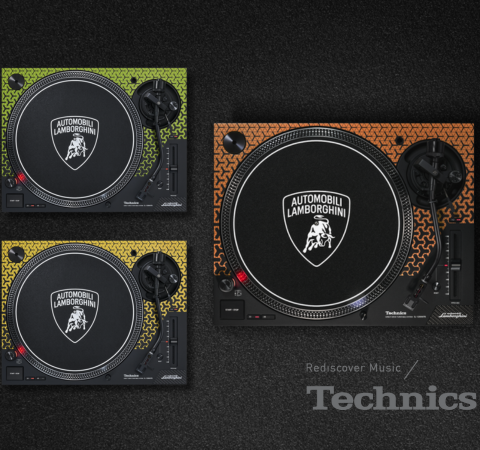 AMAZON’S NEW SMARTPHONE launched amid a huge amount of hype this week and I watched with no small amount of amusement as tech blogs clamoured over each other in a bid to write increasingly gushy articles on its merits.
AMAZON’S NEW SMARTPHONE launched amid a huge amount of hype this week and I watched with no small amount of amusement as tech blogs clamoured over each other in a bid to write increasingly gushy articles on its merits.
Wondering what the fuss is all about? Me too. The Fire is interesting, but at the end of the day it’s just an Android smartphone. A critical examination of the Fire has yet to occur, so I thought I’d take a closer look.
The pre-launch hype was massive as Amazon’s well-resourced marketing and spin machine clicked into high gear. The assembled tech media also had good reasons to be curious. The Kindle e-reader kick started the e-book revolution and many were keen to see if Amazon could make magic happen again.
On launch day it turned out that the Fire is a pretty ordinary–looking smartphone. A black slab, its volume controls are down its side. There’s a screen on its front as are the standard touch sensitive home, menu and multi-tasking buttons.
In a nutshell, it looks a lot like a bog standard Android phone. This is because it IS an Android phone, and therein lies the rub.
Amazon say it’s powered by “Fire OS” but that’s just marketing-speak for a re-branded version of Android. Amazon must have felt the need to stand out in a crowded Android market where new smartphones launch every week to no fanfare.
Features-wise, Amazon did attempts to give the Fire some innovative points of difference. The most talked about is its 3D capabilities. This works via infrared cameras built into the Fire’s bezel, which track head movements and tweak the user interface to deliver a faux 3D effect.
 It looks great and best of all it sounds gee-wiz from a sales/marketing perspective. The thing is that after a week’s use, I’d wager that many won’t even notice it and some will seek to disable it. Doing so should improve battery life. The phone could also run a lot smoother with valuable processing power freed up.
It looks great and best of all it sounds gee-wiz from a sales/marketing perspective. The thing is that after a week’s use, I’d wager that many won’t even notice it and some will seek to disable it. Doing so should improve battery life. The phone could also run a lot smoother with valuable processing power freed up.
Most of the Fire’s other features are appear to be re-packaged software already available via the Google play store. There’s a Shazam-type app that can identify music and will direct you to Amazon’s store so you can shop. A similar OCR/QR code app exists for video, too.
It’ll also scan text/photos so you can store phone numbers or get nutritional info from food packaging.
Scanning Books and DVDs takes you to the Amazon store. Although nice to have, the fact of the matter is that none of the apps are unique. You’ve been able to get similar functionality off the peg from Google Play for years. Total cost: zip.
That said, the Fire’s scanning and info capturing capabilities are an Amazon CEO’s wet dream. The Fire isn’t so much a smartphone as a point of sale terminal for Amazon. Is it just me, or does it seem bizarre that people are paying for a cash register that’s locked into the brand?
Perhaps I’m being harsh. There are redeeming features. For a start Fire looks to be a well-crafted device, even if it isn’t all that exciting design-wise.
It also sports a decent 13MP rear camera with image stabilisation. There’s support for all known 4G bands for global roaming plus 802.11ac Wi-Fi.
This said, the average person could save a bundle buying a no-brand phone and kitting it out with apps via Google Play.
Maintaining innovation can be tough. This said, the fire is proof that you don’t need to. Wrap up a generic product in enough glitzy marketing speak, hold a flashy launch event on a quiet week and tech media will go nuts. PAT PILCHER
















Most of what will appeal to people about the Amazon phone simply doesn’t apply in New Zealand. And even when it does, the things you buy aren’t going to turn up on your doorstep the next morning.
Looks like he wishes he was Steve Jobs………think I’ll stick with my iphone.